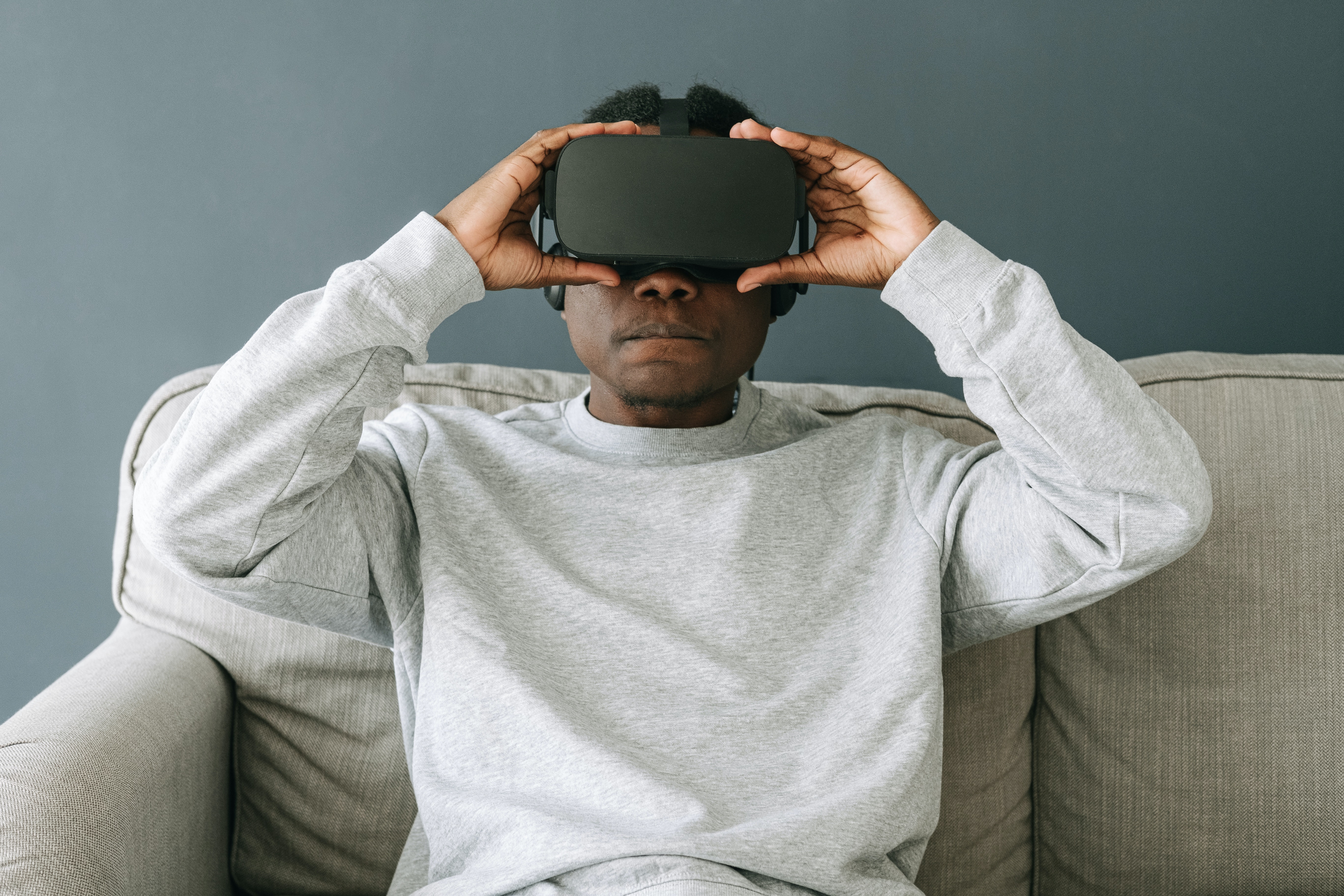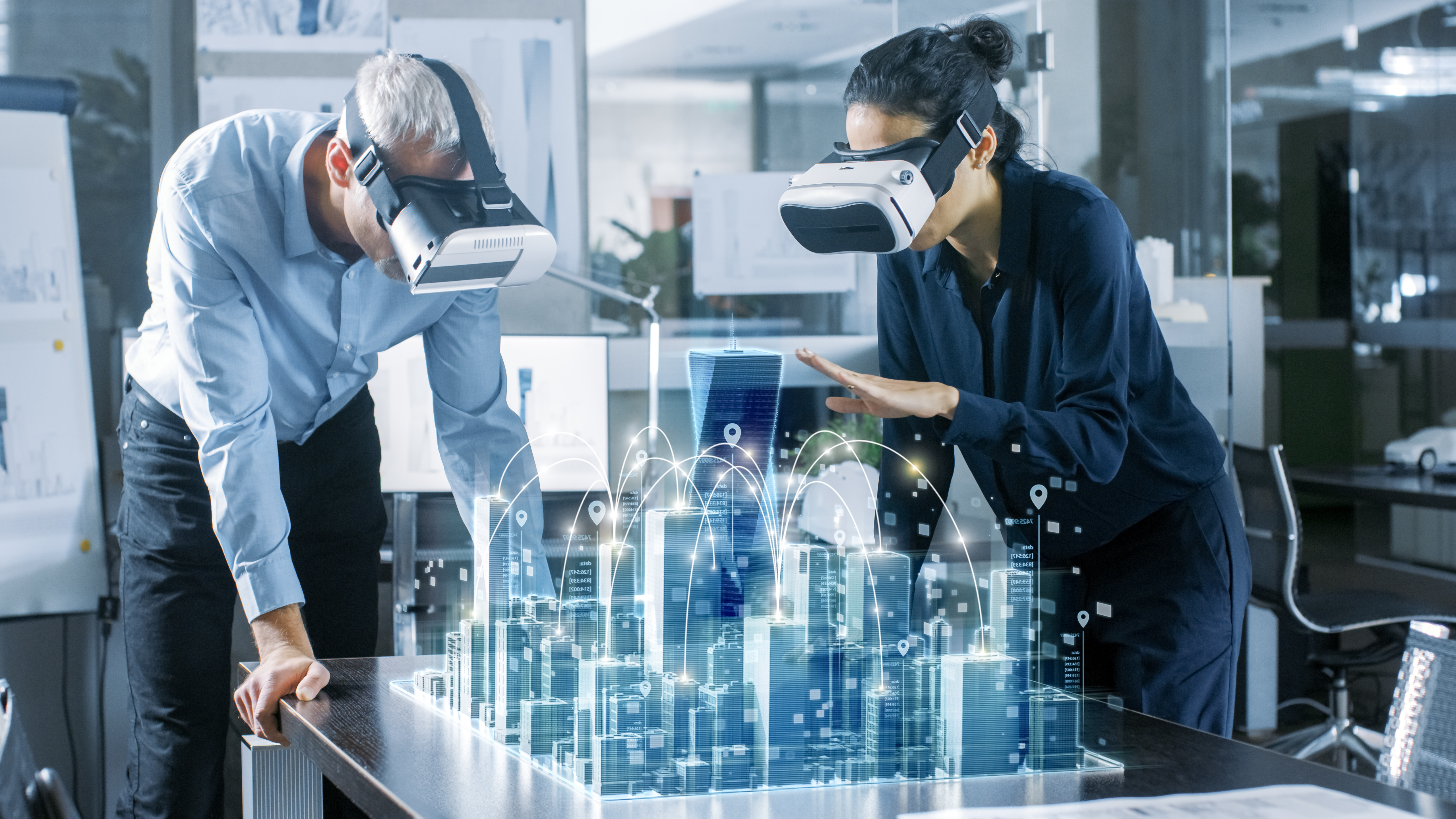
December 27, 2021
The evolution of modern virtual reality headsets
From a science fiction novel written back in 1935 to today’s VR headsets and accompanying technology, virtual reality and supporting hardware has come a long way. The road to development was challenging but exciting, and that is why we’ve decided to talk about it. In today’s blog, you will get to know some more about iconic headsets that represent a new page in modern virtual reality and the amazing features that are revolutionizing the industry.
The first modern VR headset
The first modern virtual reality headset, the Oculus Rift VR – well, at least the prototype of it – was created in 2011 by a young enthusiast, Palmer Luckey. The headset was built using off-the-shelf hardware and duct tape the 17-year-old inventor found in his garage, and a screen conceptualized on a Samsung Galaxy Note. The device was fascinating to many big names, one of them being John Carmack, who had already sparked interest with games like Doom and Quake.
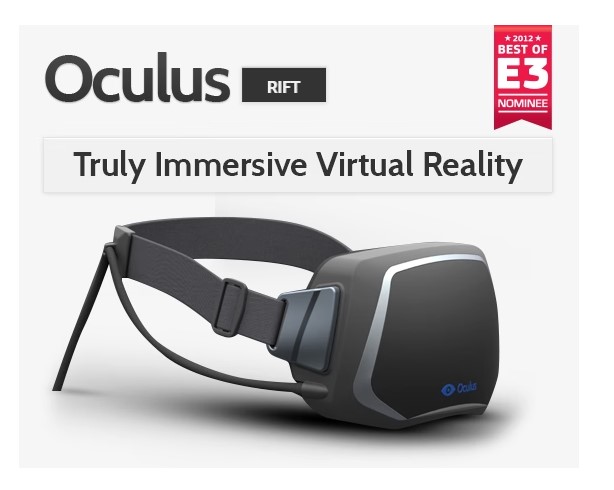
Oculus Rift gathered over 9,500 backers and raised $2.4 million via a Kickstarter funding campaign in 2013. (Photo source: Kickstarter)
Later, in 2013, Oculus made its appearance with the DK1 headset via a Kickstarter funding campaign that raised $2.4 million. With over 9,500 backers, the market was clearly hungry for such groundbreaking technologies. Later in 2014, Facebook bought Oculus, which was a trigger for names like HTC, Valve, Sony, Samsung, Qualcomm, Xiaomi, and others to join the race. In the following years, outstanding VR headsets were produced. We progressed from 3 degrees of freedom (3DoF) to 6degrees of freedom (6DoF). This means that instead of just being able to move in 3D space by using a joystick, in 6DoF, you can now track body and head movements in 3D environments and also move in the environment.
We were also introduced to standalone headsets and experienced improvement in refresh rate and screen quality.
Groundbreaking changes affecting VR approachability
Just a bit less than ten years might not seem like a long time in which to make a significant change in terms of VR technology, but in fact we’ve come a long way. The improvements are significant in terms of:
1. Hardware and its size: the size of the equipment has halved, and headsets today come with built-in sensors and cameras to detect movement. There are also standalone headsets that require no connection to the PC.
2. Better availability on the market: yes, VR headsets are increasingly available due to companies offering their products, but also the logistics have improved since 2013.
3. Variety of VR brands: over 56 VR brands have included their products in this battle for the market. Names like Nvidia and AMD were seriously involved in creating VR supporting graphic cards. Without them, VR graphics wouldn’t be as good as they are today.
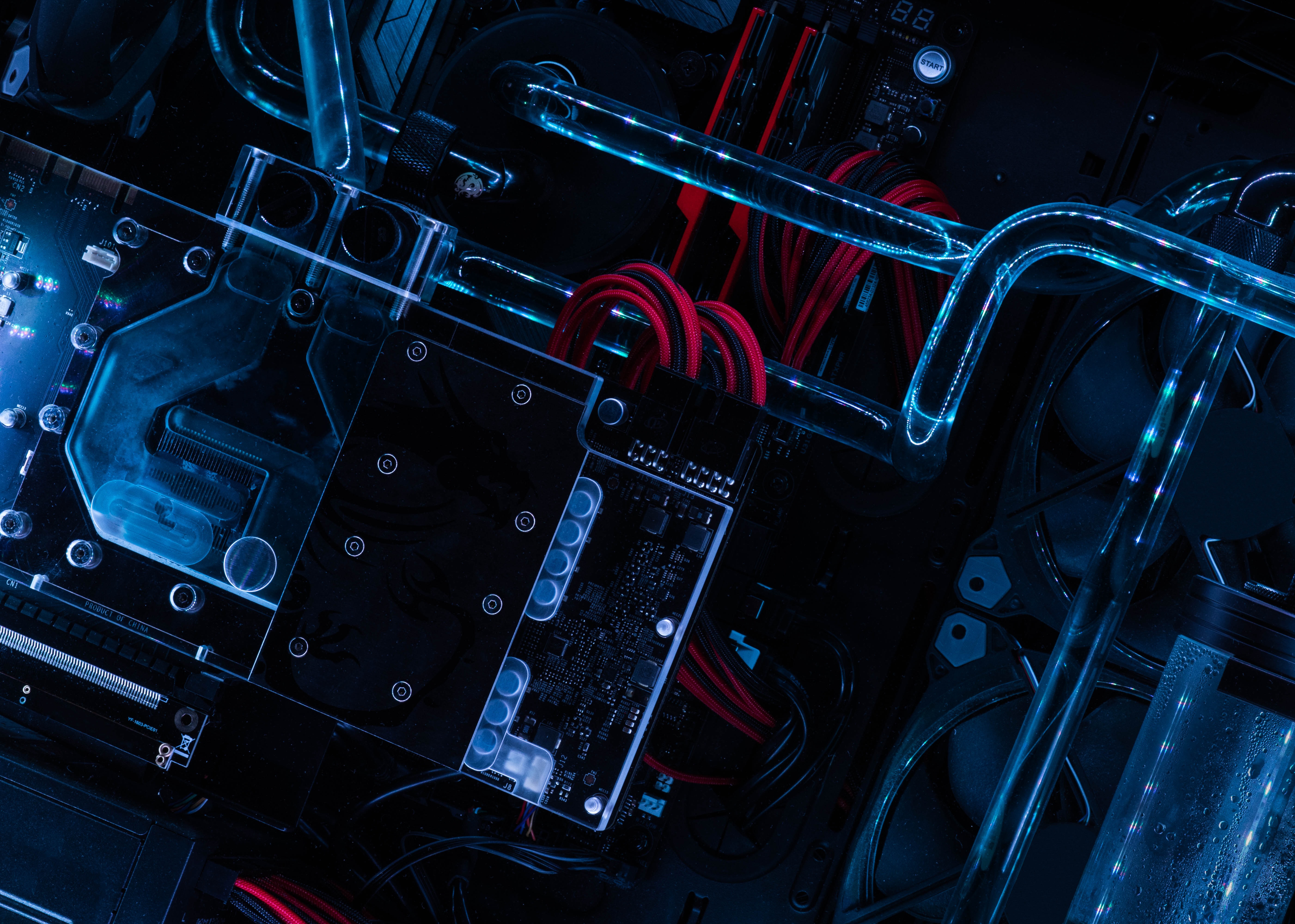
Large brands dove into the VR hardware industry by creating supporting graphic cards, which is one of the reasons why VR today is more accessible. (Photo source: Unsplash)
4. VR Software availability: today there are six types of VR software used by game developers and engineers, and more are emerging every day.
- VR social platforms – users have the possibility to collaborate in VR from different locations.
- VR training simulator – used in almost any industry to enable operator training with the best efficiency in an immersive environment.
- VR game engine – base for creating VR video game experiences.
- VR visualization – allows users to experience collected data in a virtual environment. It is one of the tools analytics use to better understand the data.
- VR SDK – or VR software development kits. They represent a base to design, build and test just about any VR experience.
- VR content management system – especially interesting for businesses to collect, analyse and store VR content in a centralized location.
5. Adjacent hardware versatility: the number of input devices with a possibility to connect and enhance the VR experience is not limited to VR headsets only. Today we have trackpads, joysticks, motion trackers, treadmills, sensing gloves or even full bodysuits. These are all built to track even the smallest body movements, before turning them into data which is then used as input data for the VR computer system.
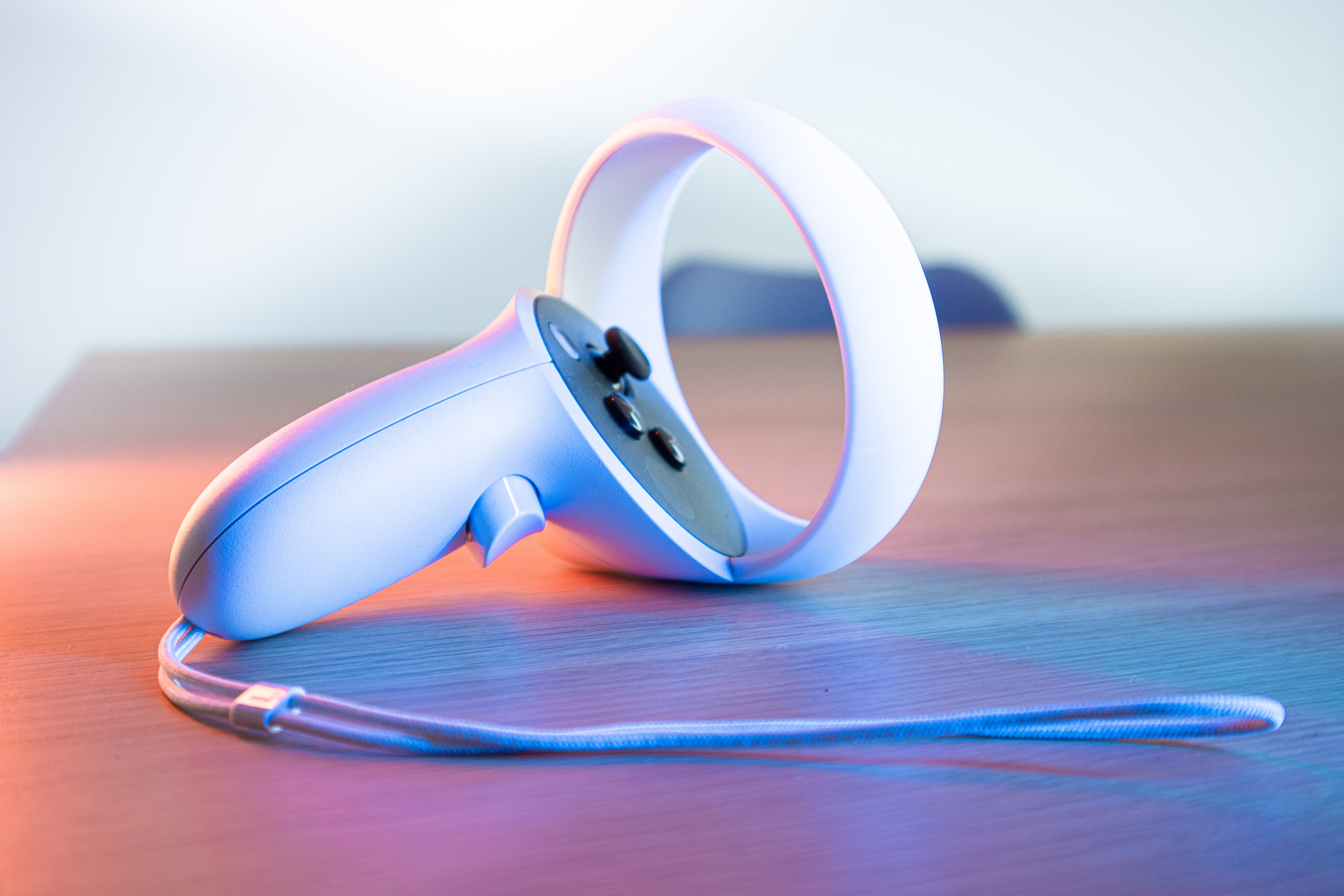
With more and more adjacent hardware, VR experience is getting a whole new dimension. (Photo source: Unsplash)
The road to vast growth
VR as we know it today started serious development in 2013. Today VR is much more accessible. There are more brands, and software and adjacent hardware are available in a plethora of varieties for different uses, so the final selection of the perfect modern virtual reality headset is really up to the user.
Will VR keep on growing or will we have another fantastic technology to replace it? Well, let’s start answering that question with statistics showing that by the year 2024, VR and AR market size will approach 300 billion USD. Meta’s Metaverse is based on virtual and augmented reality, and it seems the world has already started spinning in that direction. While we wait for the future to show us whether the numbers were right, it is up to prominent companies like Linde to incorporate VR into all segments of business, this way benefitting from all the great sides VR brings.

